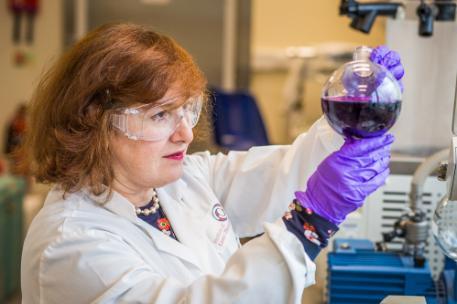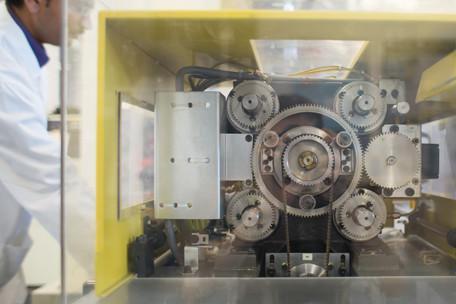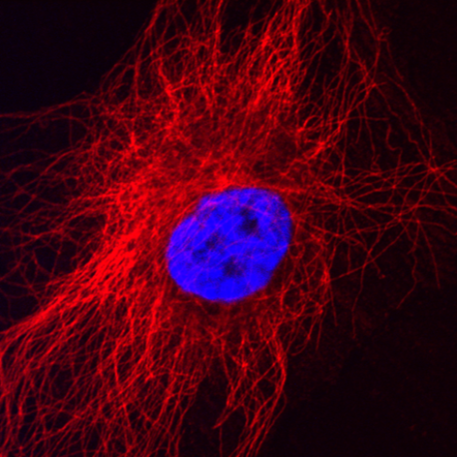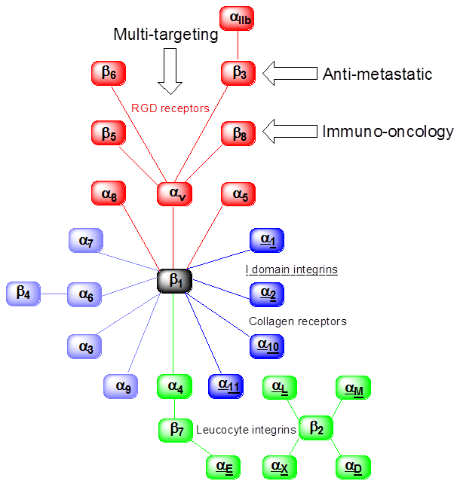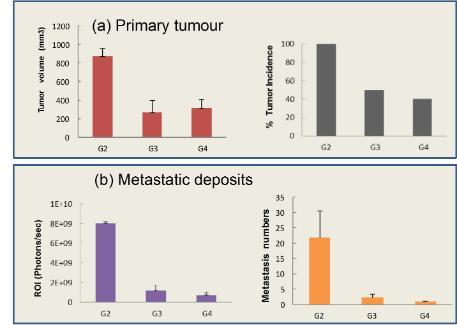Intellectual property and commercialisation
Commercialisation is the successful exploitation of intellectual property to gain a financial return to both business and the University through spin-out company creation, joint ventures / co-development (spin-in company and collaborative research and development), licensing and sale of intellectual capital.
The Universities intellectual capital originates from the research, teaching and Knowledge Transfer activities of University staff and post-graduate research students and through collaborations with partner organisations e.g. companies, universities, public sector organisations, etc.
Successful exploitation of intellectual property provides a financial return to both business and the University and the local economy through spin-out company creation, joint ventures / co-development (spin-in company and collaborative research and development), licensing and sale of intellectual capital.

Business benefits of utilising our intellectual property
You can use the intellectual property of our academics to improve products or process through cutting edge developments in your field resulting in a financial benefits to your organisation and an advantage over your competitors. We can give you:
- Access to cutting edge research and platform technologies.
- A range of protected intellectual property.
- A business focused commercialisation team, with the ability to effectively drive commercialisation projects.

What is IP?
Intellectual property is a set of exclusive rights to something you (or in this case, an academic) has created. Which form of intellectual property is used depends on what is created.
All intellectual property must be new. Non original ideas, non distinct works and theories cannot be used to create IP.
The owner of IP can control and be rewarded for its use and this encourages further innovation and creativity. The four main types of IP protection are copyright, design, patent and trade mark.
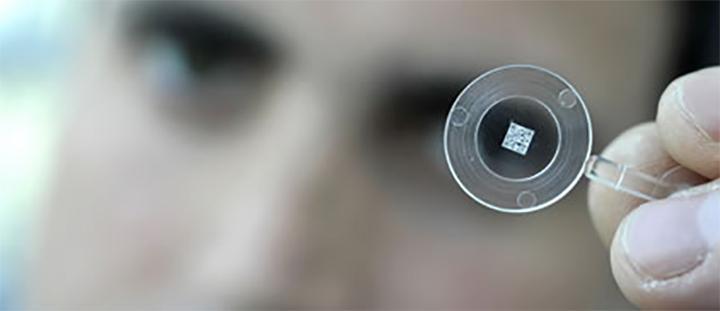
IP protection options:
Registered
There are two key types of design protection: Design Right is a free automatic right that will stop anyone copying your design for up to 15 years; a Registered Design will protect your design for 25 years. The UK IPO will grant design rights if you meet the required specification. A registered design can include a new shape or pattern for a product including decoration, lines, contours, colours, shape, texture and materials.
Patent
A patent will give you up to 25 years protection of your invention. The UK IPO will grant you a UK patent if you meet the required specification. Worldwide protection should always be considered. An expert patent agent should always be consulted prior to applying. A patent is an invention with specific technical and functional aspects. It is new, not obvious and is of use to industry.
Trademark
Trademarks can last indefinitely provided they are used. The UK IPO will grant you a trade mark if you meet the required specification. Examples are signs that distinguish a product such as a name, logo, slogan, domain name, shape colour or sound.
Copyright
Copyright automatically protects a piece of work. You do not have register it or pay for it. It is the owners right to enforce. Marking works with ©, your name and year of publication is advisable. Examples include Literature, art, music, sound, broadcast, drama, or layout of any medium.
Some examples of spin-out and joint venture companies created using the University's intellectual property are shown below.
How we use our IP
Some examples of spin-out and joint venture companies created using the University's intellectual property are shown below.

